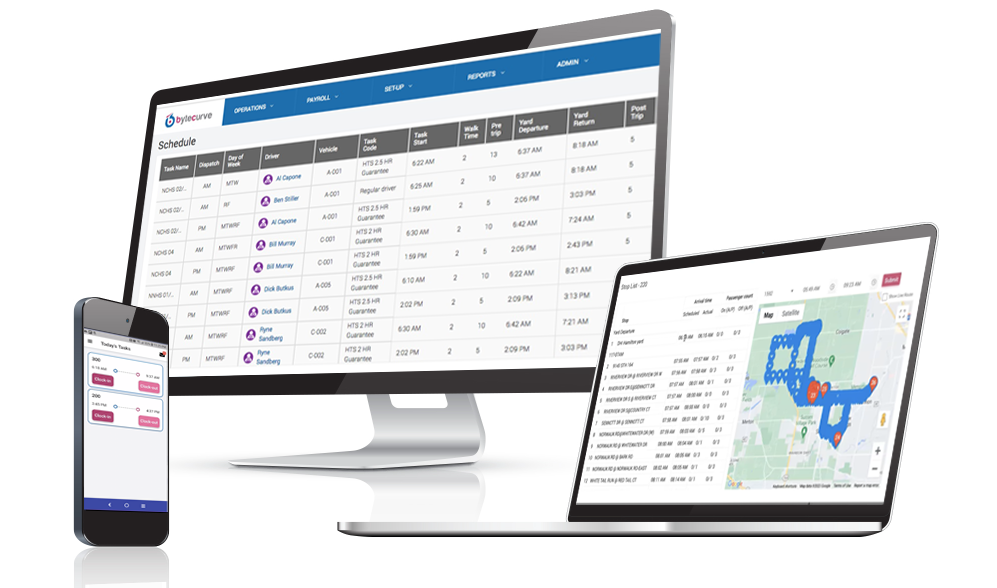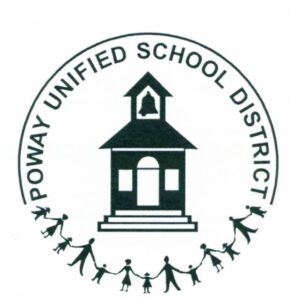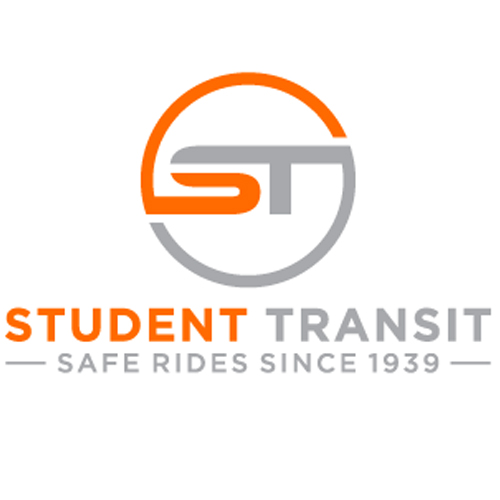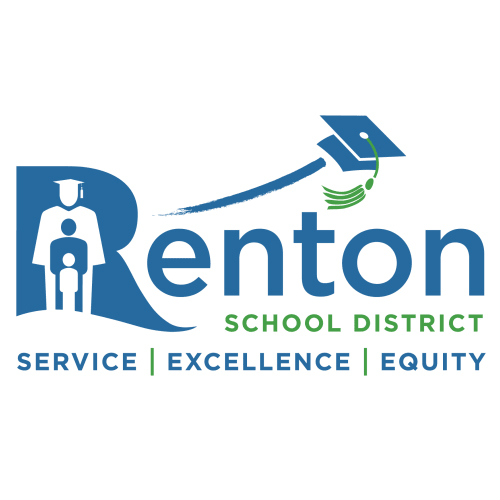Dispatch Routing for School Buses
Dispatch routing for school buses plays a pivotal role in the safe and efficient transportation of students.
The challenges faced by school districts today, including limited budgets, driver shortages, and the need to ensure student safety, make it essential to leverage advanced technology.
Dispatch routing software provides a comprehensive solution to these challenges by integrating route optimization, GPS tracking, real-time communication, and performance analytics.
These tools streamline operations, improve resource management, and ensure a safer experience for students and peace of mind for parents and school administrators.
By adopting the latest advancements in dispatch routing technology, school districts can navigate the complexities of managing routes, schedules, and vehicles while addressing the unique requirements of student transportation.
Bytecurve, for instance, delivers an entirely new scheduling and dispatch experience that will transform the way your team manages routes, tasks, and chronic driver shortages.
Trusted by dozens of districts across North America, more than 40,000 school buses rely on Bytecurve technology to improve their efficiency and safety.
By merging data from routing and GPS fleet tracking, Bytecurve users see new opportunities to enhance operations and improve safety.
Bytecurve provides the following capabilities and features:
- Create and maintain annual schedules
- Manage daily schedule changes
- Monitor daily dispatch with real-time status alerts
- Track on-time performance at stops and schools
- One-click guarantee and overtime calculations
- Produce time and attendance records for export to payroll system
- Single view into planned vs. actual route data
In this article, we will explore the importance of effective dispatch routing, the benefits of GPS and routing system integration, and the qualities that define the best dispatch routing systems for school buses.
Trusted by the Finest Names in School Bus Transportation
The Importance of Efficient Dispatch Routing for School Buses
Managing a school bus fleet is a complex process that requires balancing a variety of logistical factors.
The primary goal is to ensure that students are transported safely to and from school while minimizing operational costs and adhering to schedules.
Dispatch routing is at the core of this process, as it enables transportation managers to coordinate bus assignments, plan routes, and respond to unexpected changes or emergencies.
An efficient dispatch routing system reduces the administrative burden on transportation departments.
Traditional methods of route planning often rely on manual processes, which can be time-consuming and prone to errors.
Dispatch routing software automates these tasks, allowing school administrators to allocate resources more effectively and make data-driven decisions.
This leads to reduced operational costs, optimized routes, and a more streamlined transportation process.
Bytecurve360, for example, delivers a transformative operational experience.
Some of its most essential features include:
- Better Driver Communications so that employees can check in/out remotely, view their schedules, and receive messages on their smartphones.
- Easier payroll management so that you no longer have to manually calculate employee guarantees/contracts and overtime.
- Simpler management of daily operations, including assigning/reassigning drivers and vehicles, using real-time integration with GPS and routing systems. This allows all stops to be easily rerouted when a bus breaks down or a driver can’t come in.
These features are designed to deliver these significant operational improvements:
- Spend less time managing drivers
- Fewer complaints from parents
Less payroll mistakesAnother critical aspect of dispatch routing is its role in enhancing safety.
School buses transport the most vulnerable population—children—who depend on the reliability of these services.
Dispatch routing systems incorporate features such as real-time tracking and geofencing to ensure that students are always accounted for, whether they are boarding, riding, or disembarking.
Additionally, these systems provide immediate communication channels, enabling dispatchers to alert drivers to road closures, severe weather, or other hazards that may impact routes.
Efficient dispatch routing also contributes to environmental sustainability.
By optimizing routes to minimize travel distances and idling time, these systems help reduce fuel consumption and lower emissions.
This not only cuts costs for school districts but also aligns with broader goals of promoting greener transportation practices.
The Benefits of GPS and Routing System Integration
The integration of GPS technology with dispatch routing systems is a game-changer for school bus transportation.
GPS tracking provides real-time visibility into the location of every bus in the fleet, offering invaluable insights for dispatchers, administrators, and parents.
This integration enables precise monitoring of route adherence, allowing dispatchers to quickly identify and address deviations, delays, or other issues that may arise during transit.
Real-time GPS tracking enhances student safety by ensuring that buses are always on the correct route and following established schedules.
In the event of an emergency, dispatchers can pinpoint the exact location of a bus and deploy assistance quickly, reducing response times and improving outcomes.
GPS integration also provides valuable data for analyzing traffic patterns, helping to identify bottlenecks or high-risk areas that may require route adjustments or additional safety measures.
Another significant benefit of GPS and routing system integration is the ability to provide parents with live updates on their child’s bus location.
Many dispatch routing systems offer mobile apps or web portals that enable parents to track buses in real time and receive notifications about delays, estimated arrival times, or route changes.
This transparency fosters trust between parents and schools, reducing anxiety and streamlining communication.
For transportation administrators, the combination of GPS and routing systems delivers powerful analytics tools.
By tracking key metrics such as fuel consumption, driver performance, and route efficiency, administrators can identify areas for improvement and implement data-driven strategies.
These insights help districts optimize fleet operations, reduce costs, and improve overall service quality.
Driver accountability is another area where GPS integration proves invaluable. With access to real-time data on driving behavior, including speed, acceleration, and braking, transportation managers can ensure compliance with safety standards and provide targeted training for drivers as needed.
This proactive approach not only enhances safety but also extends the lifespan of vehicles by promoting responsible driving habits.

The Best Dispatch Routing for School Buses
The best dispatch routing systems for school buses possess several key qualities that set them apart from basic fleet management tools.
These systems are purpose-built to address the unique challenges of school transportation, combining user-friendly interfaces, robust performance, and advanced features tailored to the needs of students, parents, and school administrators.
A defining characteristic of top-tier dispatch routing systems is their reliability.
Transportation operations often occur during peak hours and under challenging conditions, such as inclement weather or heavy traffic.
Reliable systems ensure uninterrupted performance, providing accurate and real-time information when it is needed most.
This consistency is critical for maintaining the trust of parents and ensuring the safety of students.
Customization options are another hallmark of the best dispatch routing systems.
Every school district has unique requirements, from varying student populations and geographic layouts to differing start times and policies.
High-quality dispatch routing software allows administrators to customize routes, schedules, and communication protocols to meet these specific needs.
This flexibility ensures that the system aligns seamlessly with the district’s operational goals and resources.
Integration capabilities are essential for modern dispatch routing systems. The best solutions can connect with existing school systems, such as student information databases, attendance records, and maintenance schedules, creating a unified platform for managing transportation.
Integration reduces the risk of errors, eliminates duplicate data entry, and provides a comprehensive view of operations, enabling administrators to make informed decisions.
Security is a top priority for dispatch routing systems, particularly when handling sensitive student data.
The best systems employ advanced encryption methods, secure data storage, and strict access controls to protect information and ensure compliance with privacy regulations.
This focus on security reassures parents and administrators that their data is handled responsibly.
Scalability is another critical quality of the best dispatch routing systems.
As school districts grow or adapt to changing circumstances, such as the addition of new routes or an increase in student numbers, the software should accommodate these changes without compromising performance.
Scalable systems provide long-term value by adapting to the evolving needs of the district, eliminating the need for costly upgrades or replacements.
Customer support and training are also important aspects of a high-quality dispatch routing system.
Comprehensive support ensures that users can resolve technical issues quickly, minimizing disruption to transportation services.
Training resources, such as tutorials, guides, and webinars, help staff maximize the system’s capabilities and maintain a consistent level of expertise across the department.
Advanced analytics and reporting tools are indispensable features of the best dispatch routing systems.
These tools provide actionable insights into various aspects of fleet performance, from route efficiency to driver behavior.
By leveraging this data, school districts can identify areas for improvement, optimize resource allocation, and implement strategies to enhance overall efficiency and safety.
User-friendliness is another essential quality of top-tier dispatch routing systems. Intuitive interfaces and straightforward navigation enable transportation staff and drivers to use the system effectively with minimal training.
A user-friendly design reduces the likelihood of errors and ensures that all users, regardless of their technical expertise, can take full advantage of the software’s features.
Bytecurve is trusted by some of the finest names in school bus transportation, including South Bend Public Schools, Student Transit Wisconsin, and the Poway Unified School District.
In the search for even greater flexibility in managing drivers and payroll, student transportation managers are adopting a transformative technology that merges the information from GPS fleet tracking, routing, and payroll into a new solution that streamlines payroll and creates a dispatch command and control center.
Bytecurve360 from Bytecurve offers a unified solution by:
- Boosting operational efficiency: Automate tasks, optimize routes, and track buses in real-time, saving time and fuel.
- Enhancing safety and accountability: Monitor bus conditions, student attendance, and driver behavior for proactive risk management.
- Streamlining communication and collaboration: Connect seamlessly with dispatchers, drivers, and parents for informed decision-making.
Conclusion
Dispatch routing for school buses is a cornerstone of effective and safe student transportation.
The integration of GPS technology and advanced routing systems has revolutionized how school districts manage their fleets, offering real-time tracking, optimized routes, and streamlined communication.
By automating complex tasks and providing actionable insights, these systems improve operational efficiency, reduce costs, and enhance safety for students.
The best dispatch routing systems for school buses are defined by their reliability, customization options, integration capabilities, security, scalability, and user-friendliness.
By addressing the unique needs of school districts, these systems provide a comprehensive solution that ensures safe, efficient, and transparent transportation services.
GPS and routing system integration further enhances these capabilities, delivering real-time visibility, analytics, and communication tools that empower administrators, drivers, and parents alike.
Investing in high-quality dispatch routing software enables school districts to overcome the challenges of student transportation, from driver shortages to budget constraints, while prioritizing safety and reliability.
With the right tools in place, districts can create a transportation system that meets the needs of their communities today and adapts to future demands.











